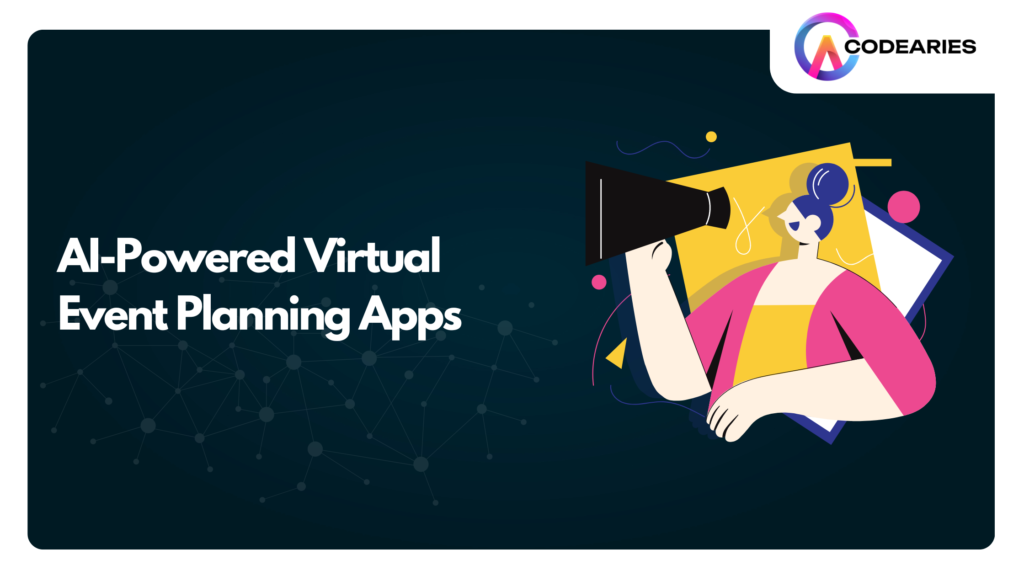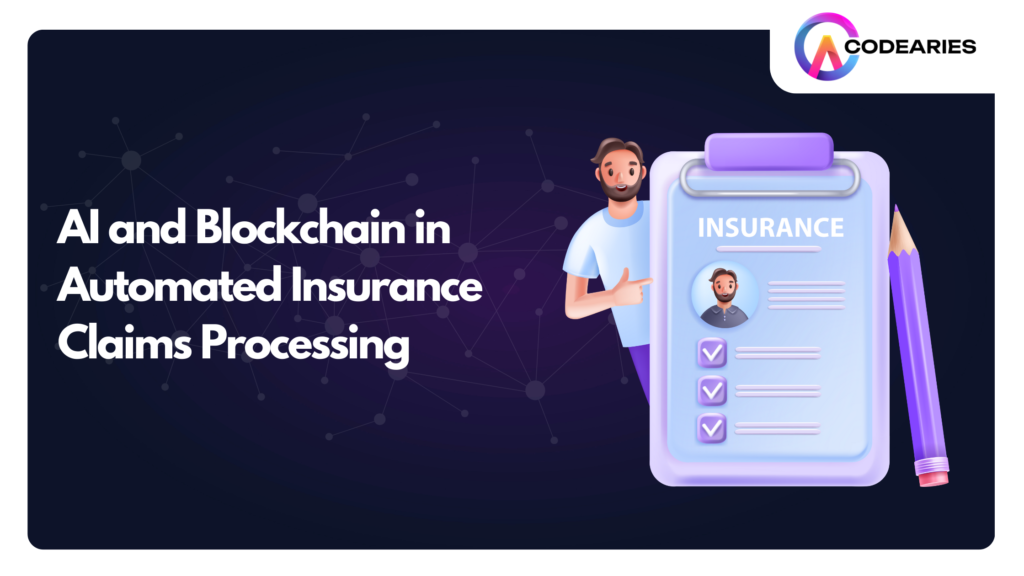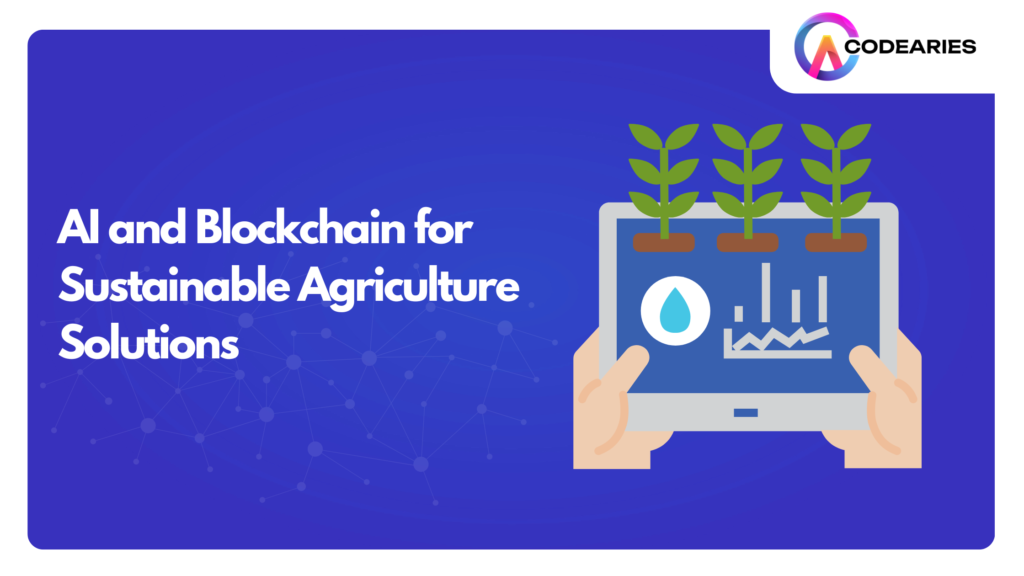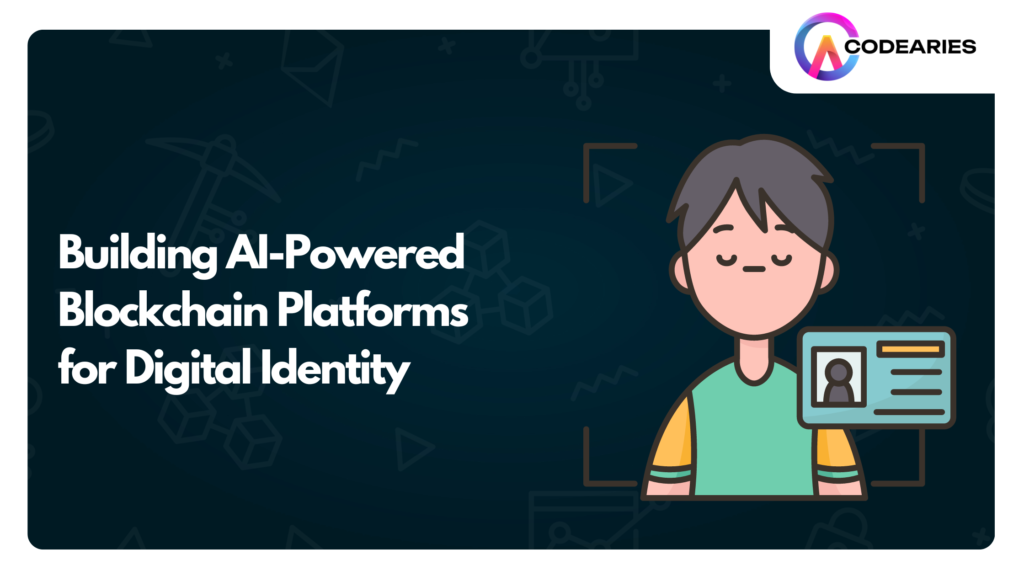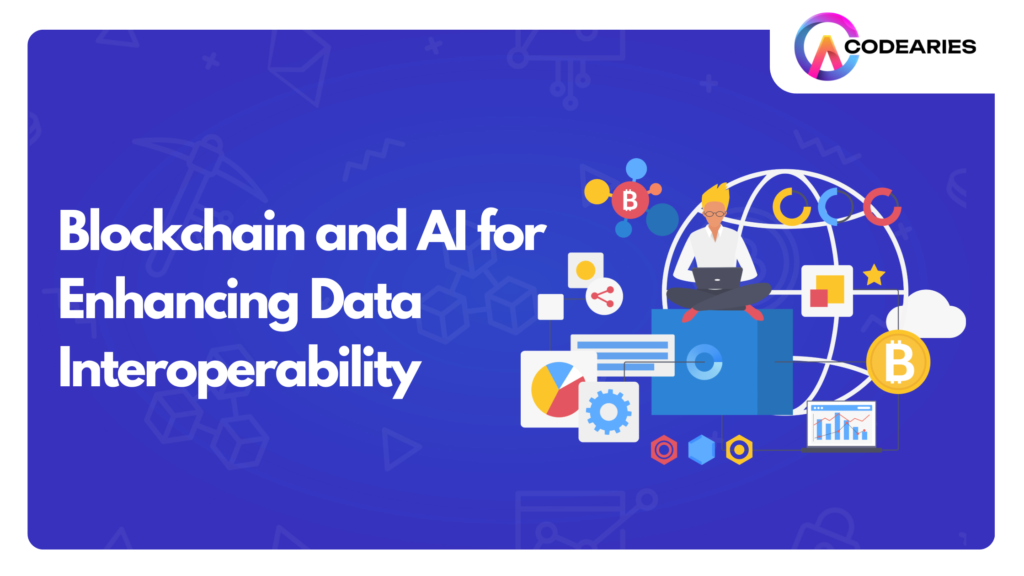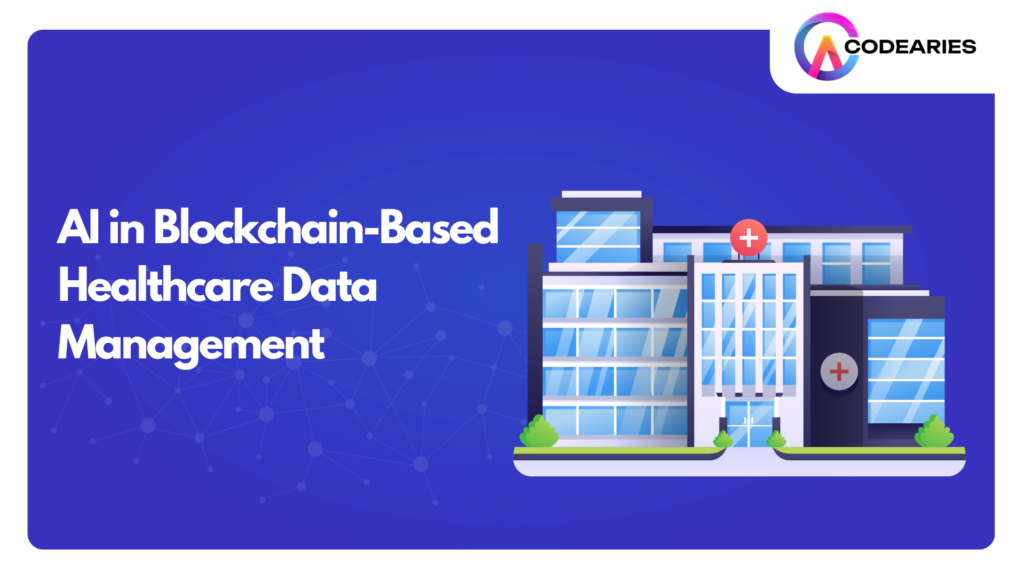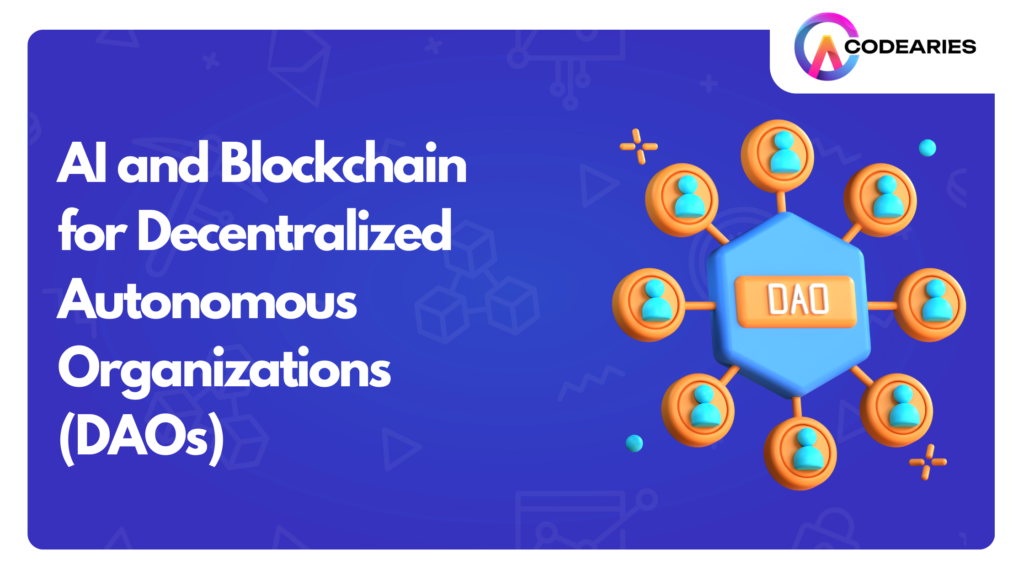AI-Driven Remote Health Monitoring for Seniors
As healthcare challenges evolve, particularly in an aging society, finding innovative ways to provide seniors with quality care is critical. AI-driven remote health monitoring for seniors is a game-changing solution that combines the latest artificial intelligence technology with remote healthcare services. This system enables real-time data analysis and proactive intervention. It helps older individuals maintain their independence while closely monitoring their health and safety. In this article, we will explore the key aspects of AI-driven remote health monitoring for seniors. We will discuss its benefits, challenges, and future potential in elderly care. Through practical examples and in-depth discussions, we will examine how these systems work. This technology has the power to transform the lives of millions of seniors worldwide. The Urgent Need for Innovation in Senior Healthcare As global populations age, healthcare systems face significant challenges. Managing chronic conditions and ensuring timely interventions for older adults is becoming more difficult. AI-driven remote health monitoring offers a promising solution. It combines advanced technology with real-time data. This helps seniors live independently while keeping their health under constant observation. This approach allows for proactive health management. It also aims to prevent emergencies and reduce hospitalizations, all while controlling costs. Ultimately, the goal is to enhance seniors’ overall well-being. This gives them the freedom and security they need to thrive in their later years. Understanding AI-Driven Remote Health Monitoring for Seniors AI-driven remote health monitoring represents a significant leap in healthcare technology, enabling providers to keep track of a patient’s health in real time, no matter where they are. For seniors, this translates to continuous health oversight without the need for frequent trips to medical facilities. By leveraging AI algorithms, wearable devices, and various monitoring tools, this approach allows for the tracking of vital signs, analysis of symptoms, and early detection of potential health risks before they become critical. This technology is especially beneficial for older adults with chronic conditions like heart disease, diabetes, or mobility challenges. Through the analysis of extensive data collected from these patients, healthcare professionals can deliver personalized care and prompt medical interventions when necessary, ensuring that seniors receive the attention they need to maintain their health and well-being. Advantages of AI-Driven Remote Health Monitoring for Seniors AI-driven remote health monitoring offers numerous benefits tailored to enhance the well-being of seniors, ensuring they maintain their independence while providing reassurance to their families. By facilitating health oversight from home, these systems enable older adults to age in place comfortably. Key Benefits Continuous Health Monitoring: With real-time data collection, AI systems can promptly identify and alert caregivers to any health irregularities, ensuring timely interventions. Proactive Health Management: By recognizing potential health issues early on, these technologies enable interventions before conditions escalate, improving overall health outcomes. Chronic Disease Oversight: Regular monitoring of chronic conditions such as diabetes, hypertension, and heart disease helps seniors maintain stability in their health, allowing for personalized management plans. Cost Efficiency: By reducing the frequency of hospital visits and emergency interventions, AI monitoring can lead to significant healthcare savings for both seniors and their families. Medication Management: AI tools can provide reminders and alerts for medication schedules, helping seniors adhere to their prescribed regimens and minimizing the risk of errors. Safety Features: Advanced systems can detect falls or unusual behavior, automatically notifying healthcare providers or family members, thereby enhancing the safety net for seniors living alone. Key AI Technologies Transforming Remote Health Monitoring Several AI technologies enhance the effectiveness of remote health monitoring for seniors, including machine learning, predictive analytics, and natural language processing. These innovations are crucial in converting raw health data into meaningful insights. Machine Learning: By analyzing collected data, AI systems continuously improve their accuracy. Machine learning algorithms can detect patterns in a senior’s health data, predict potential health concerns, and suggest preventive measures. Predictive Analytics: This technology leverages historical health information to forecast future health risks, enabling healthcare providers to take proactive measures and avert complications before they arise. Natural Language Processing (NLP): NLP equips AI systems to comprehend and interpret various forms of health data, including medical records and patient voice commands, thereby making healthcare more accessible and responsive to individual needs. Wearable Devices: Essential Tools in Remote Health Monitoring Wearable devices are fundamental to AI-driven health monitoring systems, particularly for seniors. Designed with user-friendliness in mind, these devices cater to individuals who may be less familiar with technology. They are comfortable, non-invasive, and capable of tracking a wide array of health metrics. Common Wearable Devices Smartwatches: These multifunctional devices monitor vital signs such as heart rate and sleep quality, and many include fall detection features, enhancing safety for seniors. Fitness Trackers: Focusing primarily on physical activity, these trackers encourage mobility and help prevent conditions like arthritis by monitoring steps and activity levels. Medical Alert Devices: Specifically designed for emergency situations, these wearables provide seniors with a direct line to emergency services, ensuring immediate assistance when needed. These wearable technologies empower seniors and their caregivers with critical health information, facilitating the early identification of potential health issues. Remote Monitoring: A Lifeline for Managing Chronic Conditions Remote monitoring has revolutionized healthcare, serving as a vital resource for individuals managing chronic conditions. By harnessing innovative technologies, patients can oversee their health effectively while maintaining communication with healthcare providers from the comfort of their homes. How Remote Monitoring Functions Remote monitoring systems typically incorporate wearable devices, such as smartwatches or continuous glucose monitors (CGMs), paired with mobile applications or specialized software. These tools gather essential health data, including: Blood pressure Heart rate Blood sugar levels Oxygen saturation Sleep patterns Activity levels This information is then securely transmitted to a cloud-based platform, accessible to both patients and their healthcare teams. Types of Remote Monitoring Systems Continuous Glucose Monitors (CGMs): Ideal for individuals with diabetes, these devices continuously track blood sugar levels, providing real-time insights. Remote Blood Pressure Monitoring: Utilizes home blood pressure monitors that send readings directly to healthcare providers for review. Remote Cardiac Monitoring: Includes devices such as Holter monitors and implantable cardioverter defibrillators (ICDs),


